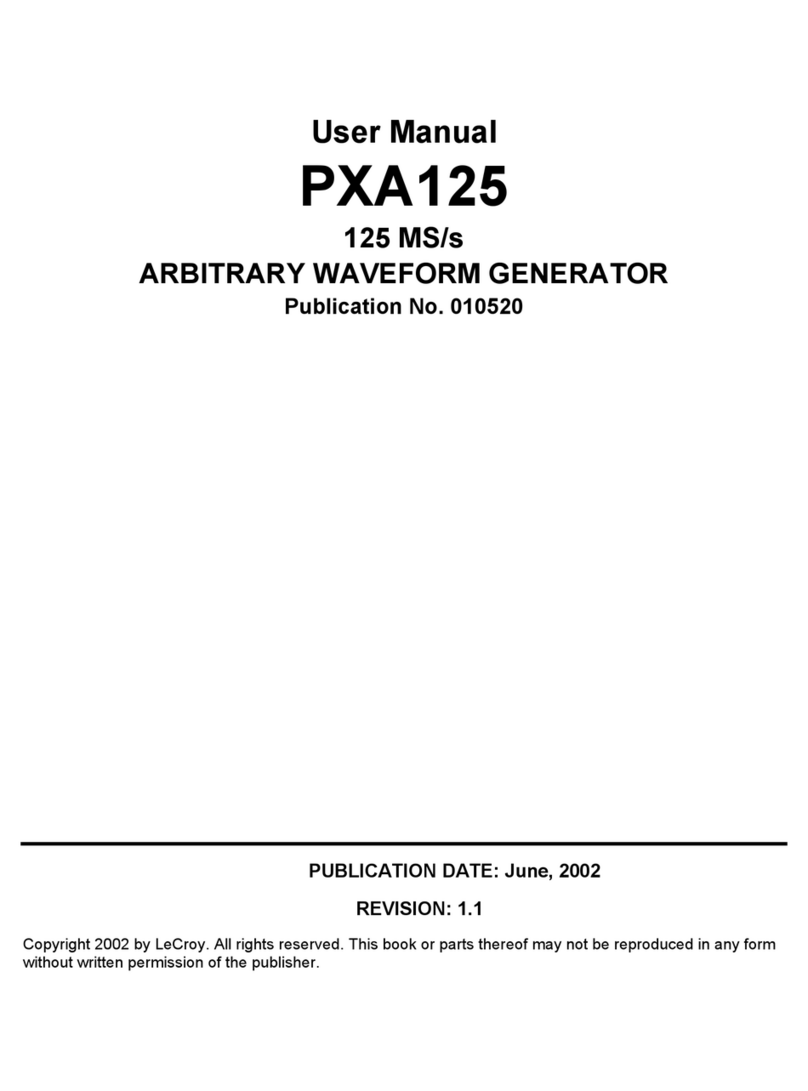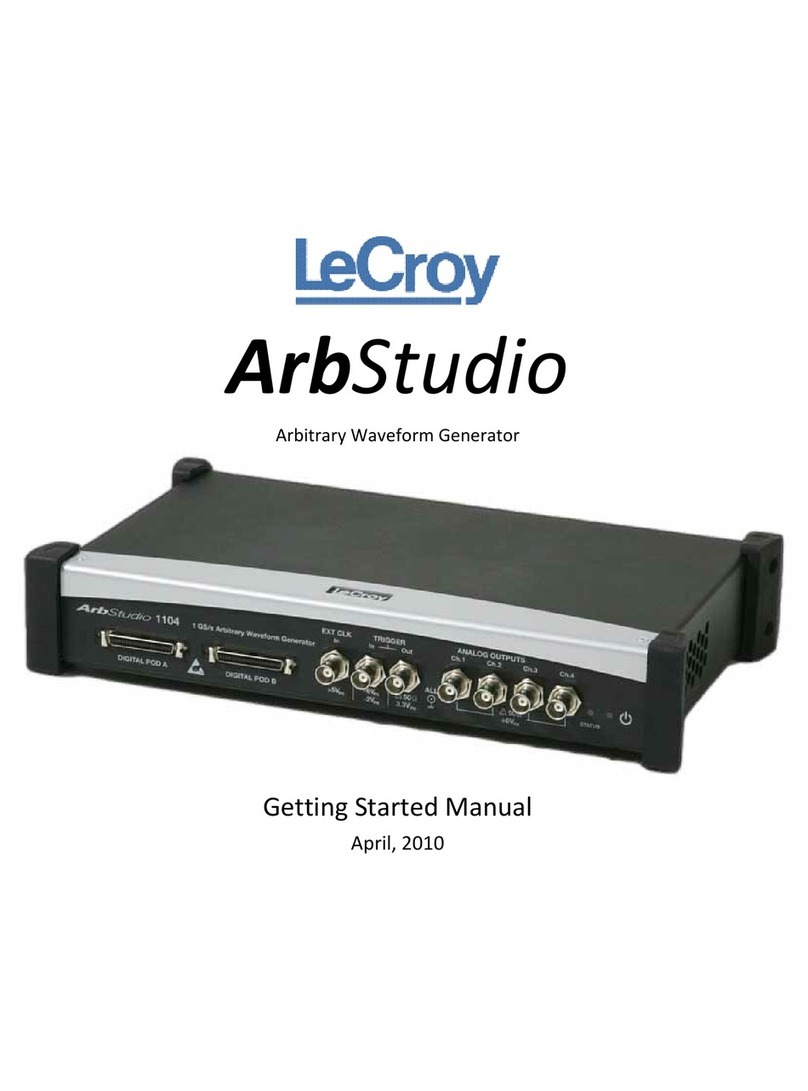
User Manual LW120
Using the Manual Trigger........................................................................................................................... 3-16
Using the SYNC Output............................................................................................................................. 3-16
Selecting the Filter Type................................................................................................................................. 3-18
Selecting the SCLK Source and Reference ................................................................................................... 3-19
Modulating the Output .................................................................................................................................... 3-21
FM.............................................................................................................................................................. 3-21
Example 1, Modulating Standard Waveforms Using the Standard FM Mode ....................................... 3-23
Example 2, Modulating Standard Waveforms Using the Arbitrary FM Mode ........................................ 3-25
Frequency Modulating Arbitrary Waveforms ......................................................................................... 3-28
FSK............................................................................................................................................................ 3-28
Example 1, FSK Using Standard Waveforms........................................................................................ 3-30
Example 2, FSK Using Arbitrary Waveforms......................................................................................... 3-31
Ramped FSK ............................................................................................................................................. 3-32
Sweep........................................................................................................................................................ 3-33
Example 1, Generating Sweep Using Standard Waveforms................................................................. 3-35
Example 2, Generating Sweep Using Arbitrary Waveforms.................................................................. 3-37
AM.............................................................................................................................................................. 3-38
Adjusting Phase Offset Between Channels.................................................................................................... 3-39
Synchronizing Multiple Instruments................................................................................................................ 3-41
Saving and Recalling Setups ......................................................................................................................... 3-44
Generating Arbitrary Waveforms.................................................................................................................... 3-45
What Are Arbitrary Waveforms .................................................................................................................. 3-46
Using the Arbitrary Waveforms.................................................................................................................. 3-47
Generating Sequenced Waveforms ............................................................................................................... 3-48
What Are Sequenced Waveforms.............................................................................................................. 3-49
Changing Sequence Advance Modes........................................................................................................ 3-51
Chapter 4
REMOTE PROGRAMMING REFERENCE
What's in This Chapter................................................................................................................................. 4-1
Introduction to SCPI ......................................................................................................................................... 4-1
Command Format........................................................................................................................................ 4-2
Command Separator.................................................................................................................................... 4-2
The MIN and MAX Parameters.................................................................................................................... 4-3
Quering Parameter Setting .......................................................................................................................... 4-3
Quesry Response Format............................................................................................................................ 4-3
SCPI Command Terminator......................................................................................................................... 4-3
IEEE-STD-488.2 Common Commands ....................................................................................................... 4-3
SCPI Parameter Types................................................................................................................................ 4-4
Numeric Parameters................................................................................................................................ 4-4
Discrete Parameters................................................................................................................................ 4-4
Boolean Parameters................................................................................................................................ 4-4
Arbitrary Block Parameters...................................................................................................................... 4-4
Binary Block Parameters ......................................................................................................................... 4-5
SCPI Syntax and Styles............................................................................................................................... 4-5
iii





























